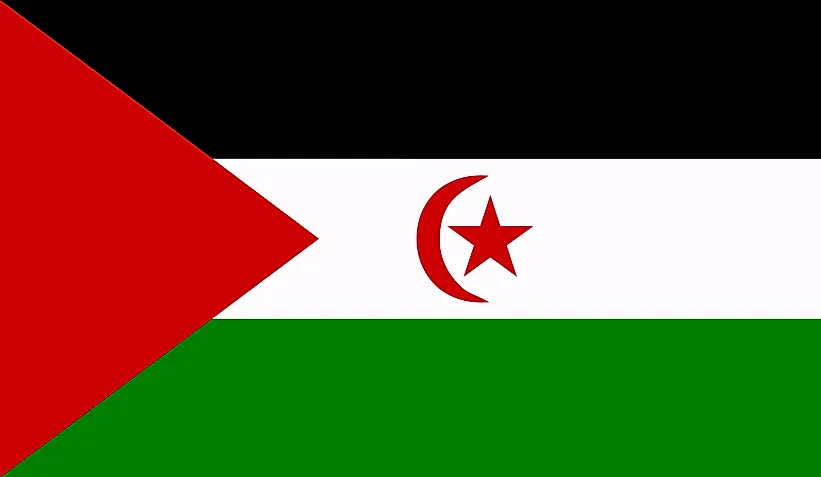
西サハラ
| 大陸 | アフリカ |
| 資本金 | エル・アイウン |
| 人口 | 587,020 |
| GDP | $906.50 百万ドル |
| 一人当たりGDP | $2,500 |
| ダイヤルコード | +212 |
| ISOコード(2文字) | EH |
| ISOコード(3文字) | イーエスエイチ |
西サハラについて
北アフリカに位置し、現在も政治的地位が争われている西サハラへようこそ。26万6,000平方キロメートルに約60万人が暮らす西サハラは、サハラ砂漠の風景と豊かな文化的伝統、そして複雑な政治的歴史を併せ持っています。
地理的特徴と自然の美しさ
西サハラの地理は、サハラ砂漠の一部と大西洋岸を含む砂漠地帯で占められている。ドラマチックな砂丘、岩だらけのハマダ(石の砂漠)、海岸地域がある。
ゼムール山地、ブー・クラア(Bou Craa)の広大なリン鉱床、海岸沿いの砂漠と海のドラマチックな出会いなど、自然が豊かである。また、変化に富んだ地形が独特の砂漠生態系を形成している。
保護区は砂漠の野生生物と沿岸環境の保護に重点を置いている。領土の天然資源には、豊かな漁場や重要な鉱物資源が含まれる。
文化遺産と伝統
サハラ砂漠の文化は、遊牧民の伝統とアラブ系ベルベル人の影響を色濃く反映している。伝統的な詩や音楽、独特な社会風習などがその遺産である。
伝統芸術には、絨毯織り、宝石作り、口承詩などがある。文化的慣習は、もてなし、共同体の連帯、遊牧民の伝統の保存を重視している。
郷土料理の中心はラクダ肉、ナツメヤシ、伝統的な茶道である。伝統的な遊牧生活の実践は、文化的アイデンティティに影響を与え続けている。
歴史の旅
西サハラの歴史は、古代からスペインの植民地化、そして現在の紛争状態にまで及んでいる。この地域には伝統的に、複雑な社会構造を持つ遊牧民族が住んでいた。
スペインの植民地支配(スペイン領サハラ)、脱植民地化の努力、1975年以降続く主権争いなど、重要な歴史がある。領土の戦略的位置と資源は、その歴史的発展に影響を与えてきた。
現代の経済状況
この地域の経済は、リン鉱石や漁業などの天然資源が中心である。ラクダの放牧のような伝統的な活動は、近代的な開発と並行して続けられている。
最近のイニシアチブは、インフラ整備と資源管理に重点を置いている。領土の経済的潜在力は、依然として政治的地位の解決と結びついている。
国際関係とグローバルポジション
西サハラの国際的地位は、現在も国連の関与の下で係争中である。西サハラの状況は、自決権に関して国際的な注目を集めている。
ご存知でしたか?
- 西サハラには世界最大級のリン鉱床がある?
- サハラ人の伝統的な詩は、文化的な歴史を保存する上で重要な役割を果たしている?
- この地域には、砂漠に適応したユニークな野生動物が生息しているのだろうか?
- 伝統的な遊牧民のライフスタイルには、高度な水管理技術が含まれている?
結論
西サハラは、砂漠の遺産と政治的な複雑さを併せ持つユニークな地域である。広大な砂丘から豊かな漁場まで、伝統的な遊牧民文化から近代的な資源開発まで、この地域は独自の課題に取り組みながら進化し続けている。西サハラは、その政治的将来についての継続的な疑問に直面しながらも、現代の現実に適応しつつ、独自の文化的アイデンティティを維持している。





